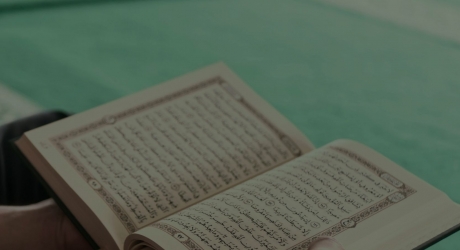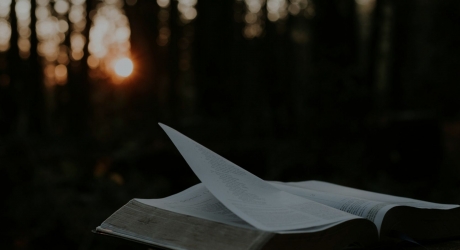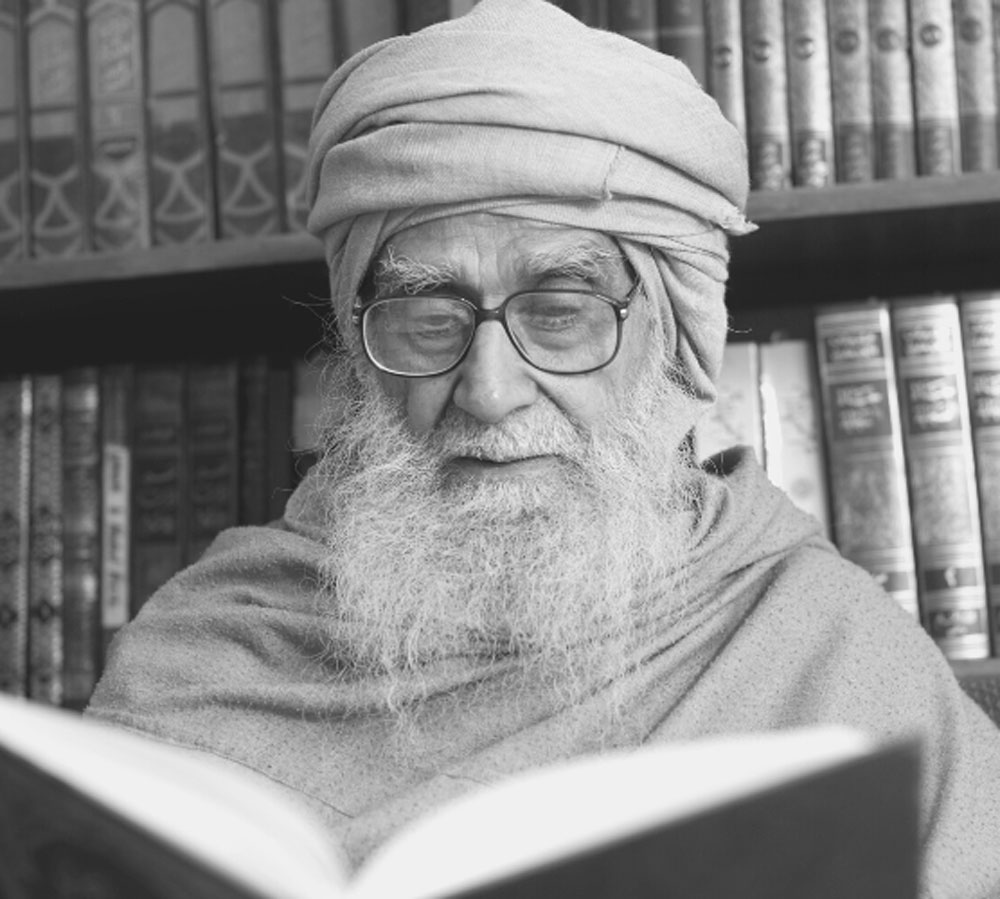Began the revelation of the Holy Quran, in the Prophet’s fortieth year. After memorizing each revelation, he instructed his companions to do likewise. He also called for a scribe (katib al-wahy) to write down every word. There were finally about twenty nine scribes all recording the divine revelations. The entire Quran, which took 23 years to complete, was later memorized by hundreds of the Prophet’s companions during his lifetime.
The Earliest Copies of the Quran
The Caliph Uthman sent copies of the Quran to far-off places such as Damascus, Kufa and Basra, keeping one for himself and returning the original copy to Hafsa. Two of these very early copies, called Mushaf Uthman, still exist today, one in the Topkapi Museum in Istanbul and the other in Tashkent, Uzbekistan.
Until the tenth century, Kufic, with its square-shaped letters, was the only script used to write the Quran. Later, in the eleventh century, the master calligrapher, Ibn al- Bawwab, developed new styles of writing based on the rules laid down by Ibn Muqla. During the twelfth and thirteenth centuries, Arabic script continued to improve and often the pages would be intricately decorated with gold and silver. The calligraphers were well rewarded for their work and this led to there being different schools of calligraphy in Iraq, Egypt, Syria and Iran. It is the modified Maghribi style of writing, developed in the period of the Ottoman Caliphs, which is now mostly in use.










